6 Tips to Avoid Food Poisoning in Thailand
One of the first questions people ask me about traveling in Thailand is: “Don’t you get food poisoning there?”
The truth is, food poisoning in Thailand is far less common than most travelers think. Everyone’s stomach reacts differently, of course.
Still, overall, Thailand’s food is safe, and the slang term “Bangkok belly” is more myth than reality (unlike Bali belly, which is a whole different story).
That said, it only takes one bad meal to ruin your trip. Between street food stalls, seafood buffets, and ice-cold drinks, it pays to know where the real risks are.
With a few simple habits, like sticking to bottled water and being mindful of how food is prepared, you can enjoy Thailand’s incredible food scene without worry.
In this guide, I’ll share six practical tips to avoid food poisoning during your Thailand trip, plus what to do if you do get sick so you can bounce back quickly.
Start Slow with Street Food
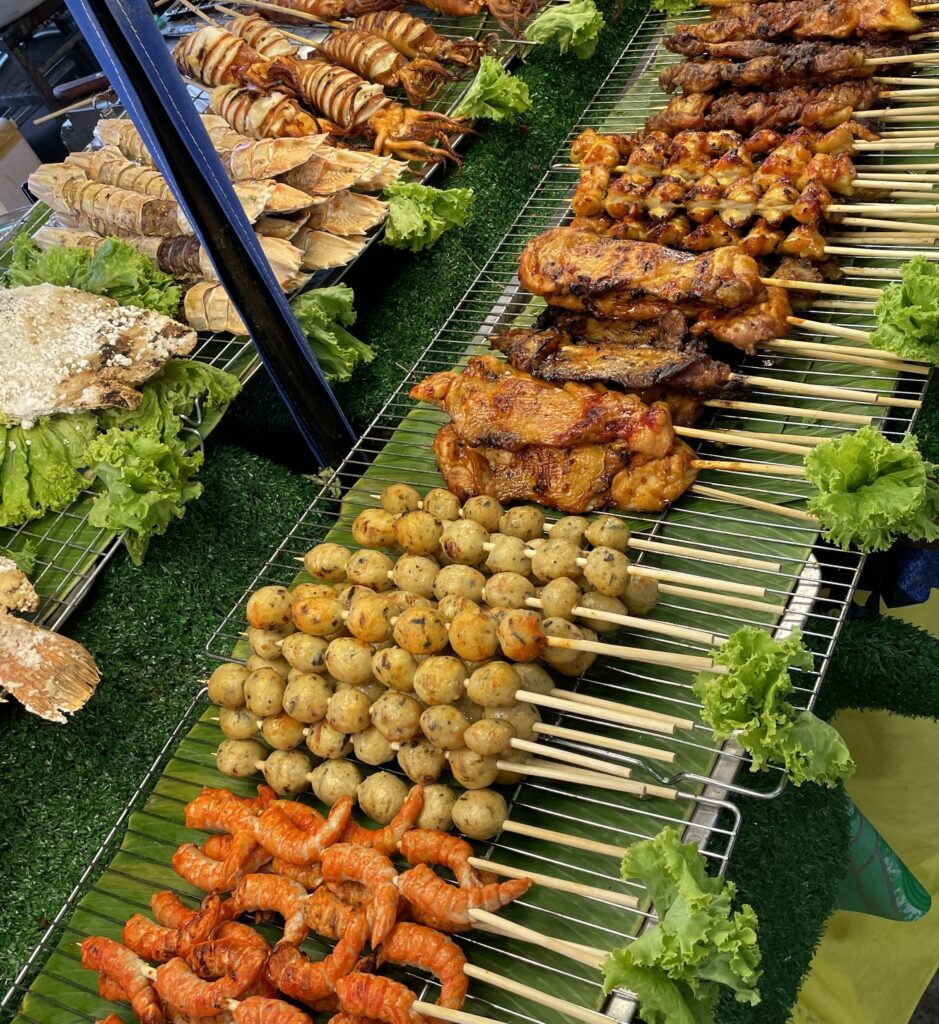
If you’ve just landed in Thailand, and you head straight to the night markets, understand that your stomach might need a little time to adjust.
Street food here is legendary; it’s one of the best parts of traveling the country, but the spices, oils, and even local bacteria can be a shock if you’re not used to them.
The trick is simple: ease in. Start with cooked dishes like fried rice, grilled chicken, or Pad Thai before jumping into raw papaya salad, fresh herbs, or spicier soups. After a day or two, once your system adjusts, you’ll be ready to explore the full range of Thai street food.
And trust me: you should never be the traveler who skips it. If you haven’t eaten Thai street food, you really haven’t experienced Thailand.
Don’t Overdo Raw Dishes
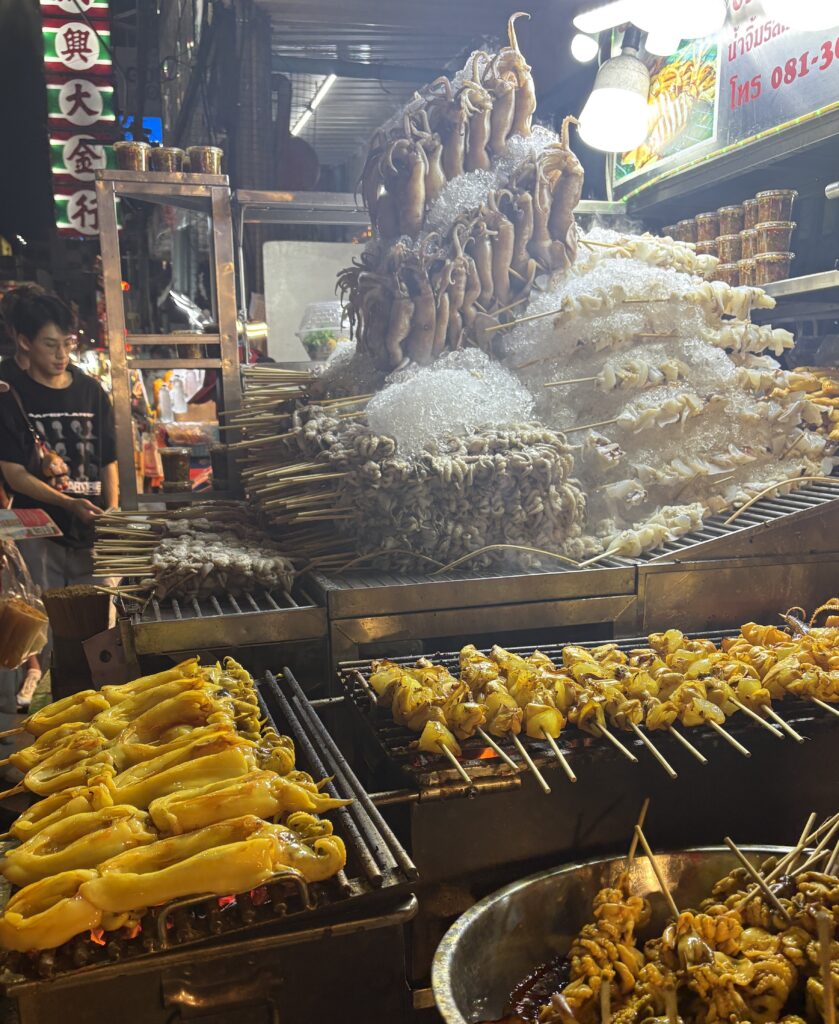
Thailand has some incredible raw foods, from spicy green papaya salad (som tam) to fresh herbs tossed into noodle soups.
But if your stomach isn’t used to the local bacteria, eating too much raw food too quickly can be risky.
The safest approach is moderation. Try raw dishes at well-known stalls or restaurants first, and balance them with cooked meals until you know how your body reacts. Once you’re confident, go ahead and enjoy them; they’re a big part of Thailand’s food culture.
And if you’re a seafood lover eager to dive in, stick to cooked seafood dishes first. Thailand’s fresh seafood is fantastic, but going for charcoal-grilled prawns, steamed fish, or stir-fried clams is a much safer way to start than raw preparations.
Be Cautious with Budget Buffets
All-you-can-eat can be great, but the rock-bottom buffets sometimes cut corners. Trays can sit too long, seafood may not be kept cold enough, and sauces get reused.
On top of that, the sheer volume of food being moved around at these places makes it easy for staff to slip up with handling, especially with meat and seafood.
What to look for:
- Hot dishes should be visibly steaming and regularly replenished.
- Cold items should be on ice, not just “cool.”
- High turnover and staff rotating trays often.
- Avoid the last hour of service when food has been sitting.
Safer picks are reputable hotel or mall buffets and cook-it-yourself spots like Thai mookata or shabu, where you control the heat. If a spread looks tired or smells off, skip it and eat elsewhere.
Watch How the Food Is Cooked
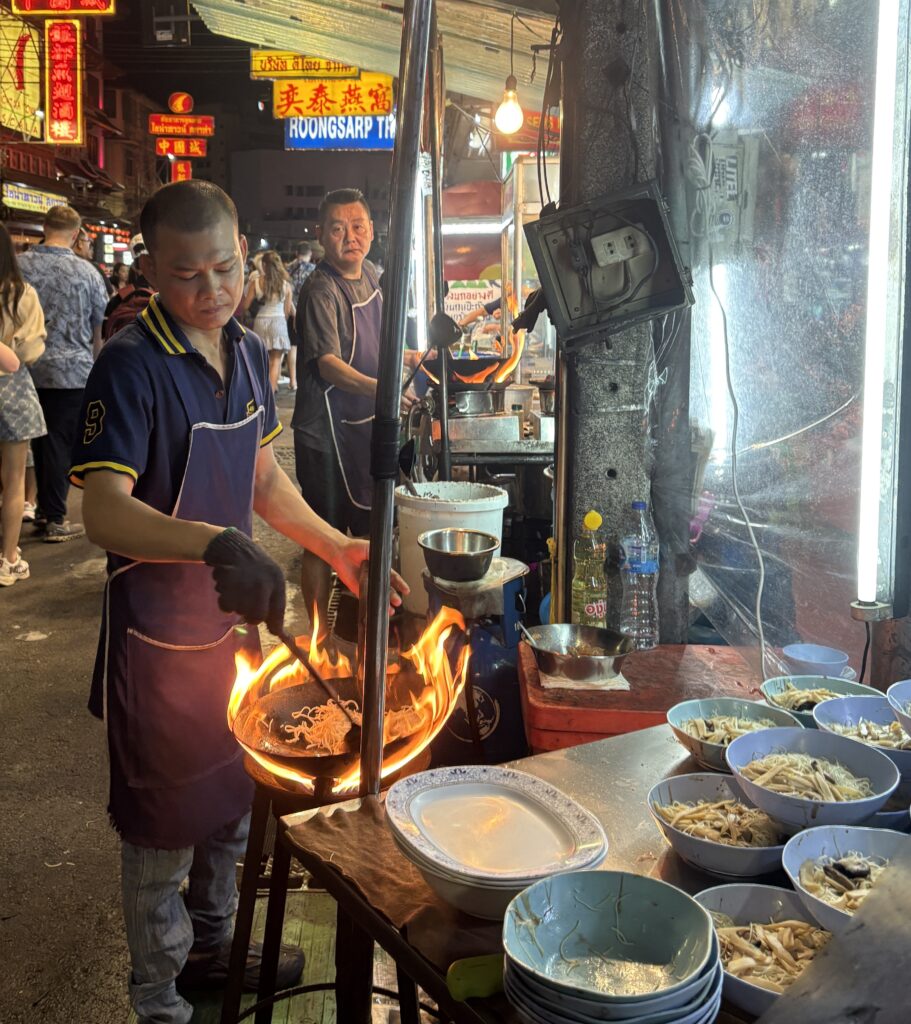
One of the best parts of Thailand is that so much of the food is cooked right in front of you, and that’s actually your best line of defense.
When you order from street stalls, keep an eye on how the food is being prepared. You want to see raw ingredients hitting a hot wok, grill, or pot, not food sitting around pre-cooked for hours.
- Look for sizzle and steam — it shows the food is fresh and hot enough to kill bacteria.
- Avoid lukewarm dishes that have been sitting in trays, especially meats or seafood.
- Choose stalls with a line — high turnover usually means fresher ingredients.
Street food in Thailand is not only safe when cooked properly, but it’s also part of the fun. Being able to watch your dish come together fresh and hot right in front of you adds to the experience as much as eating it.
Check the Ice Type
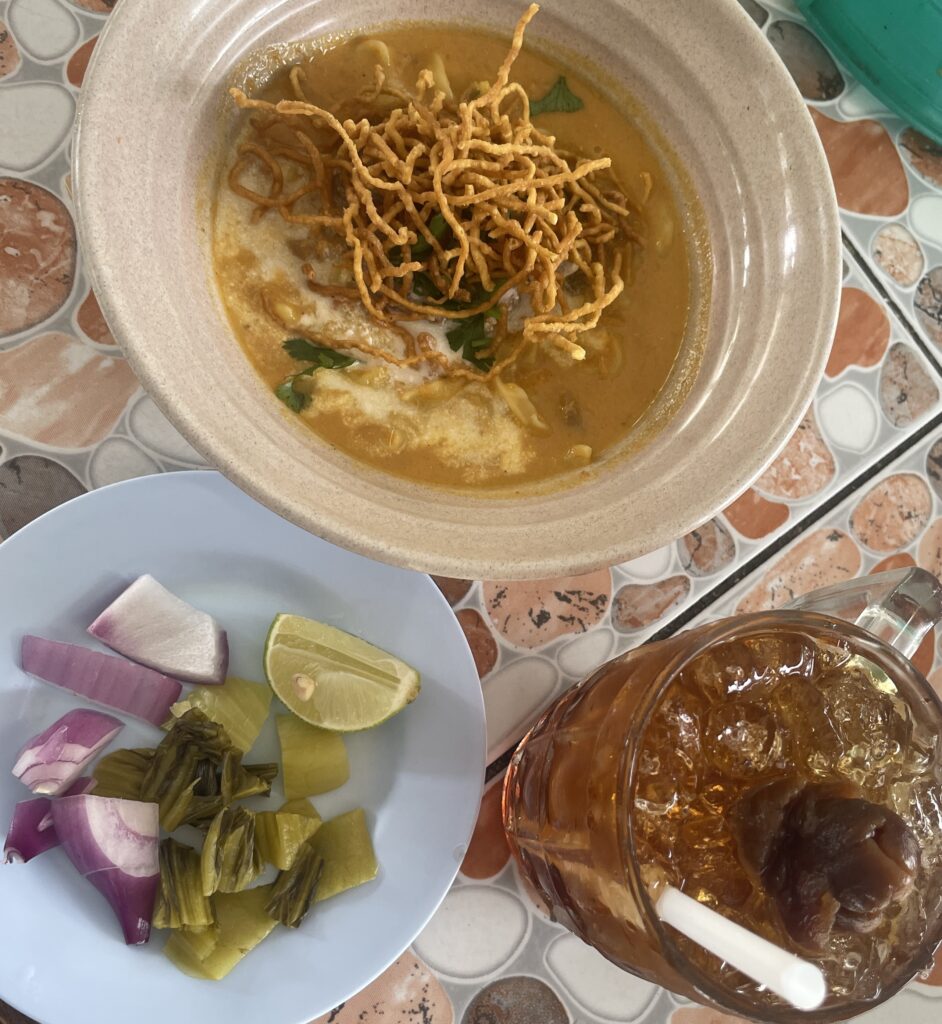
Thailand is hot, and nothing feels better than an ice-cold drink, but ice can be a hidden culprit when it comes to food poisoning in Thailand.
While most restaurants, cafés, and even street stalls in major cities now use factory-produced ice that’s safe, you’ll still want to keep an eye on where it comes from.
What to look for:
- Cylinder ice with holes – this is factory-made and safe to drink.
- Crushed or block ice – higher risk, since it may be locally made with untreated water.
- Reputable cafés or chains – usually stick to clean, delivered ice.
That said, ice isn’t something to obsess over. It’s smart to stay aware, but in reality, there are far more common culprits behind food poisoning in Thailand than bad ice.
Wash Your Hands or Use Utensils
Sometimes it’s not the food that’s the problem, but what’s on your hands. Street food stalls often don’t provide sinks, and after a long day exploring Bangkok or doing many things in Chiang Mai, your hands have picked up plenty.
Eating sticky rice or snacks with your fingers can easily transfer bacteria, so keep this in mind.
- Carry a small bottle of hand sanitizer or wet wipes.
- When in doubt, use the provided chopsticks, forks, or spoons instead of your hands.
- Avoid touching your food directly if you’ve been out all day without washing up.
It’s a simple habit, but one of the most effective ways to avoid food poisoning in Thailand.

Myths About Food Safety in Thailand
When it comes to eating in Thailand, many misconceptions exist, often fueled by travel gossip, outdated advice, or a single bad experience.
Here are a few common myths, and the reality behind them:
- “Street food is unsafe.” — High-turnover street stalls often serve fresher food than some sit-down restaurants.
- “Only tourists get food poisoning.” — Locals do too, but usually from the same issues like mishandled seafood or old buffets.
- “‘Western’ restaurants are automatically safer.” — Just because a place serves burgers or pasta doesn’t mean hygiene standards are higher.
- “Avoiding meat guarantees safety.” — Contaminated veggies or herbs can cause just as much trouble if not washed properly.
- “Spicy food kills bacteria.” — Chili adds flavor and heat, but it won’t protect you from poorly stored or undercooked food.
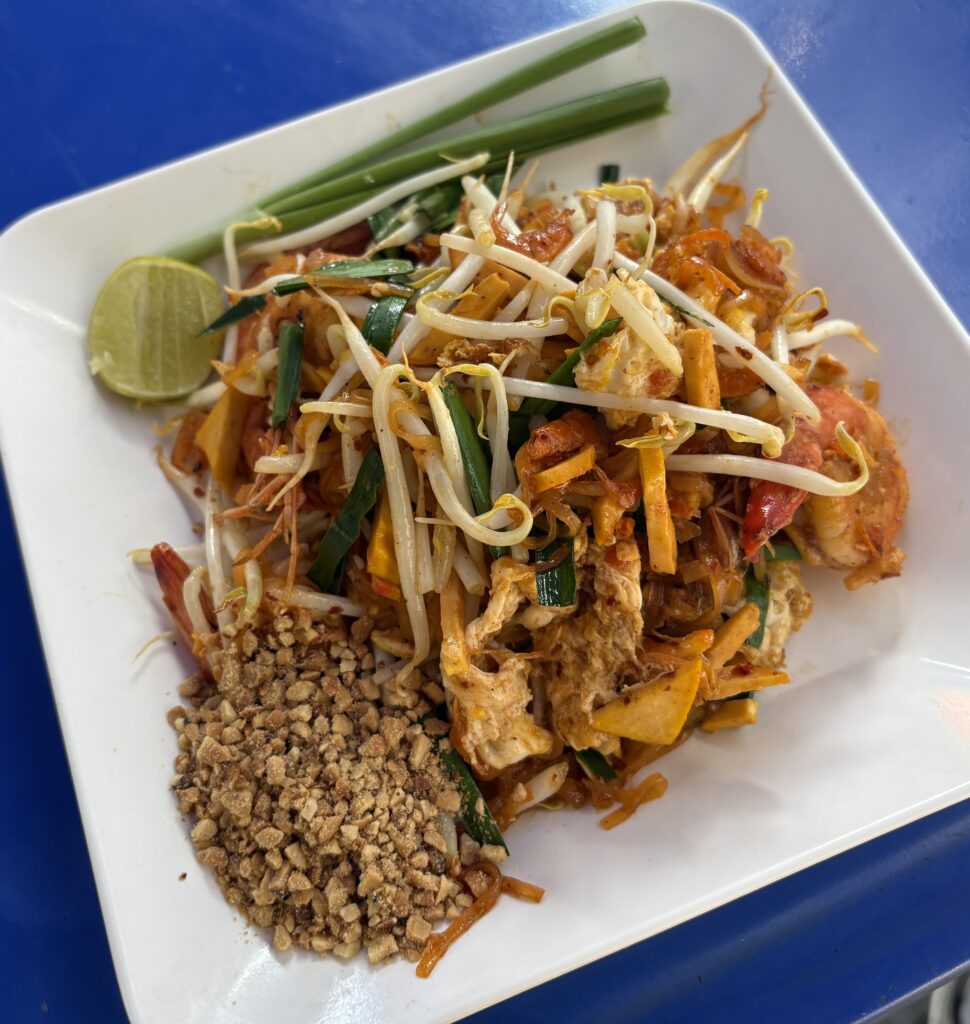
What to Do If You Get Food Poisoning in Thailand
Even with the best precautions, food poisoning can still happen while traveling. The good news is that most cases are mild and pass within a couple of days if you take the right steps.
For more detailed guidance on treatment and when to seek medical help, check trusted resources like the CDC’s travel health advice or the UK NHS guide on food poisoning.
- Stay hydrated – Drink plenty of bottled water or oral rehydration salts to replace lost fluids.
- Flying Rabbit remedy – A popular local medicine often found at Watsons, Boots, or sometimes even 7-Eleven. Many travelers swear by it for quick recovery.
- Activated charcoal pills from 7-Eleven – Widely available across Thailand, these can help absorb toxins and calm your stomach.
- Eat cooked meals only – For a few days, stick to simple, freshly cooked dishes like stir-fried rice, Pad Thai, steamed sticky rice, or a hot noodle soup. Skip seafood and avoid drinks other than bottled water until you feel normal again.
- Avoid dairy and alcohol – Both can make symptoms worse and delay recovery.
- Seek medical help if severe – If symptoms last more than 2–3 days, or include high fever or blood in stool, see a doctor.
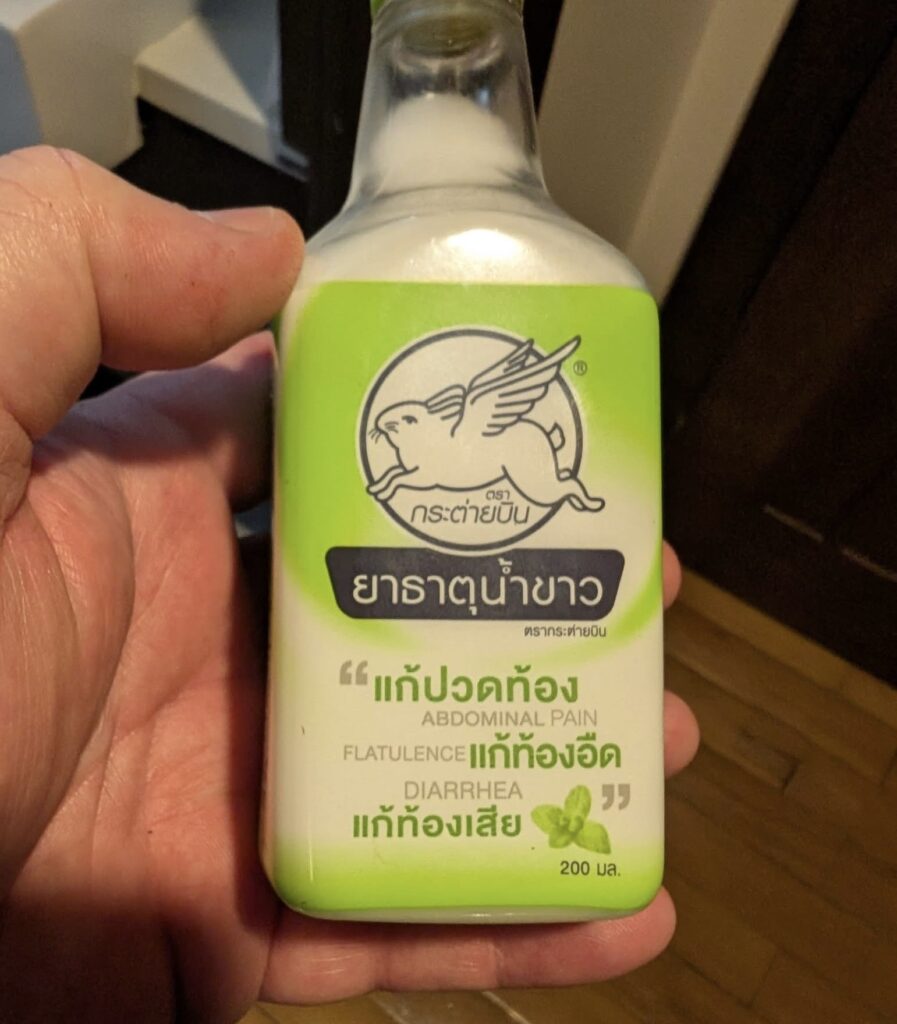
Final Thoughts on Food Safety in Thailand
Food poisoning in Thailand isn’t nearly as common as many travelers fear. The truth is, most people enjoy the street food and local restaurants without any issues at all.
With a bit of awareness and some wise choices, you can eat your way through the country confidently while still enjoying everything that makes Thai food legendary.
Speaking from experience, I don’t worry about food safety when I’m in Thailand; I eat at almost every place.
The only times I pause are if I notice a stall that looks particularly unhygienic, in which case I move on.
I’m also a bit more cautious with raw oysters since, unlike back home in Canada, where they’re kept ice-cold, I’ve had them in Thailand when they weren’t as chilled. Fortunately, nothing ever happened, but it’s not something I go for often.
Thailand’s food is one of its greatest highlights, and avoiding it out of fear would mean missing a huge part of the culture.
Use common sense, stay observant, and you’ll see that food safety in Thailand is far better than the myths suggest, and the flavors are worth every bite.
And while you’re planning your trip, don’t miss my guide on the mistakes to avoid in Thailand so you can travel smarter and stress-free.
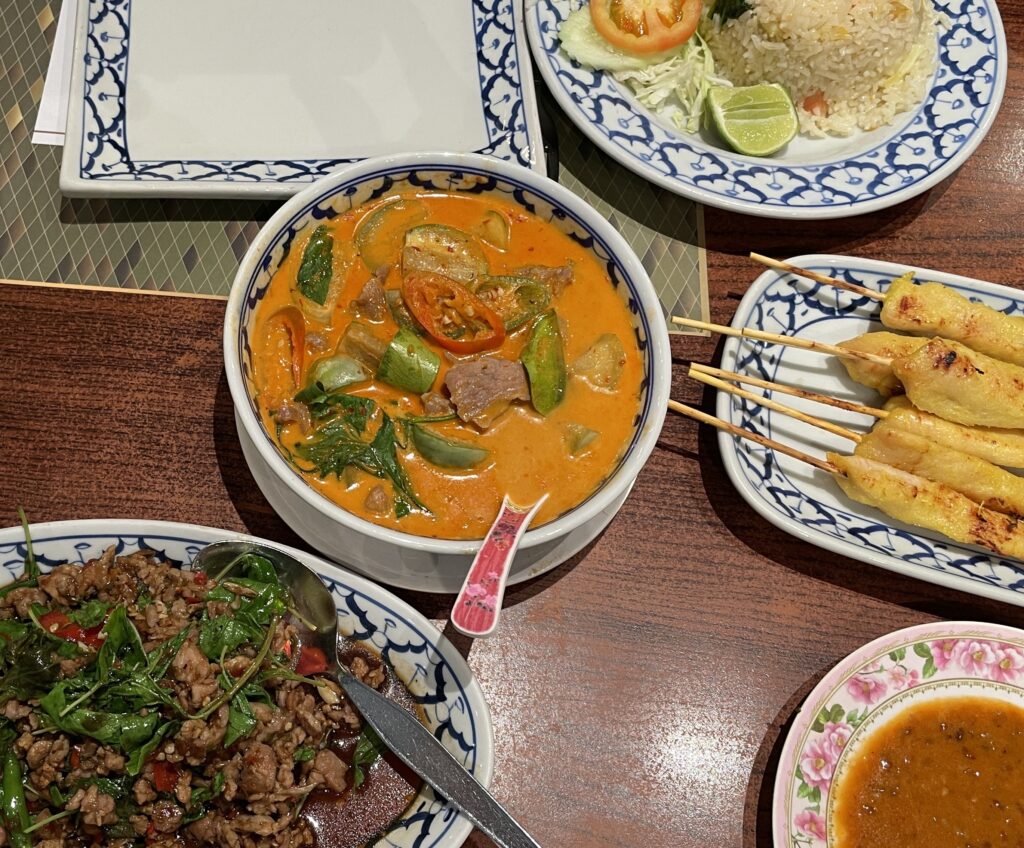
What are the typical symptoms of food poisoning in Thailand?
The most common symptoms are diarrhea, nausea, stomach cramps, and sometimes a fever. For most travelers, it clears up in a few days with rest, hydration, and some basic remedies.
Is it safe to eat street food in Thailand?
Absolutely, Thailand’s street food is legendary and a massive part of the travel experience. The safest bet is to eat where it’s busy, since high turnover means fresher food. Look for stalls where locals are lining up, and always go for dishes that are cooked hot in front of you.
Can traveler’s diarrhea last longer than expected?
Most cases only last a couple of days, but it can stretch out to three to five days depending on how sensitive your stomach is. If you notice severe dehydration, a high fever, or blood in your stool, that’s when it’s time to see a doctor.
What are the main causes of food poisoning in Thailand?
The biggest culprits are undercooked meat or seafood, raw produce that hasn’t been washed properly, or food that’s been sitting out too long.
Contaminated water can also play a role, which is why bottled water is always the way to go.

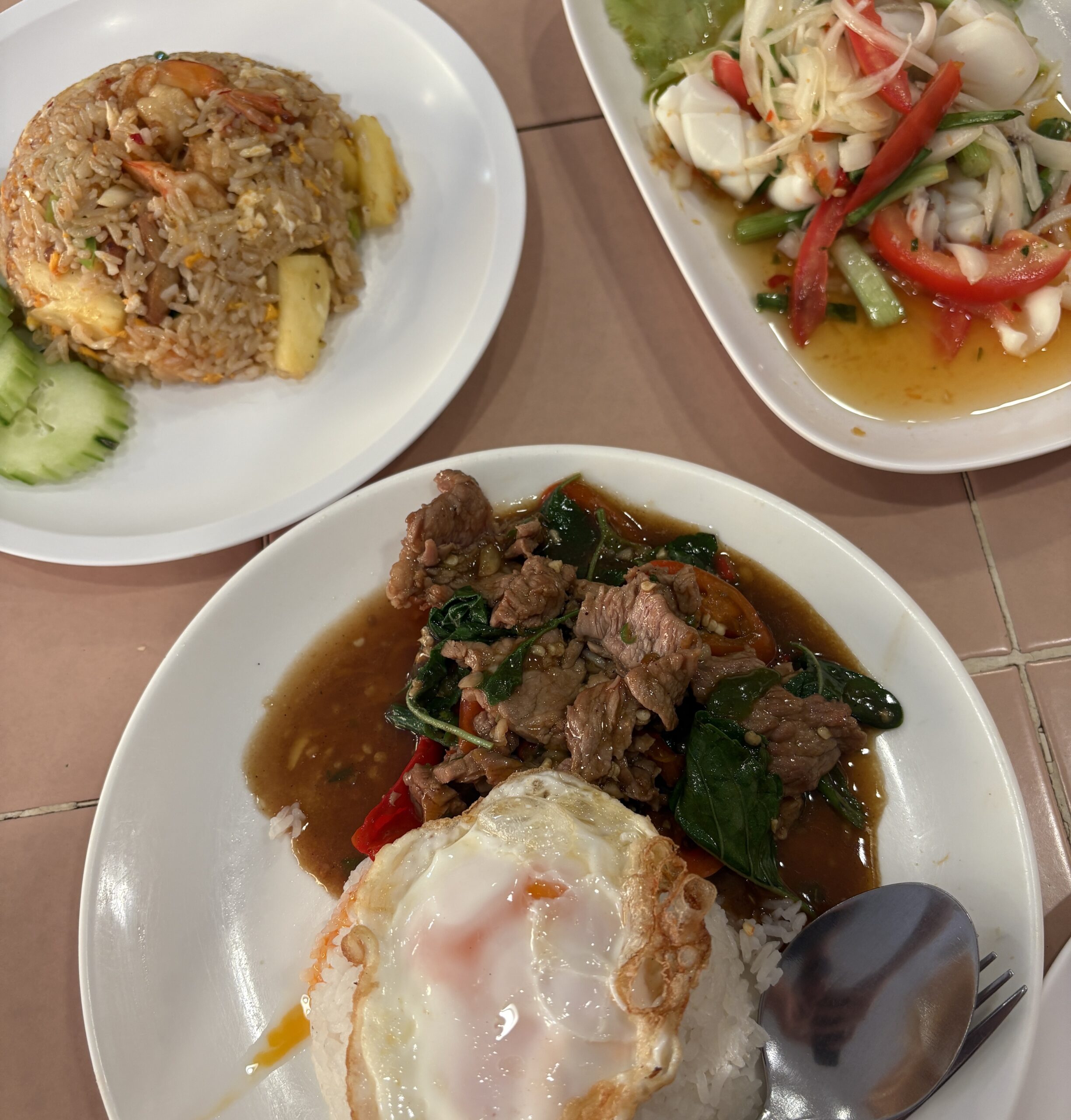
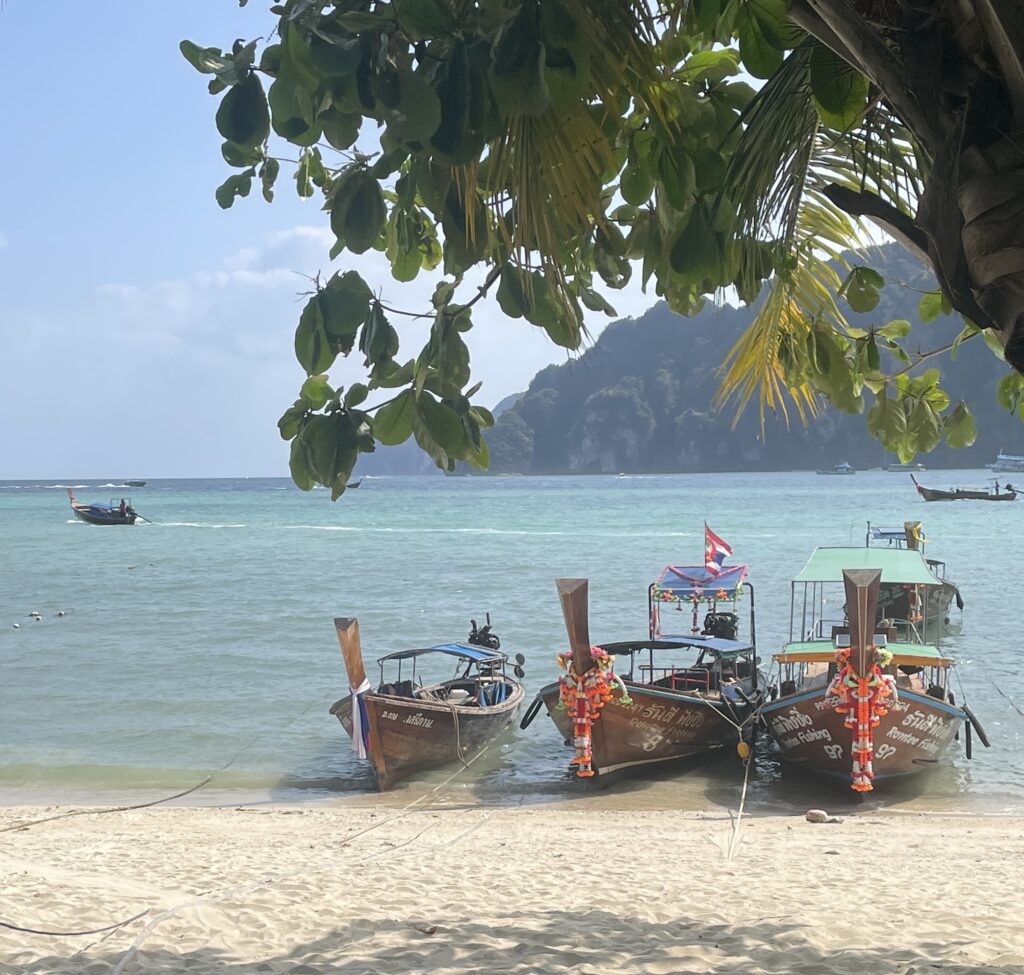
Been too Thailand twice, bangkok, Phuket, Krabi,and places including,khosan road, patong,raily beach and tonsai beach Krabi and Phuket old town and eating lots of street food and never had no problems.but thanks for the info as was a good read.
Glad to hear! Thank you for commenting and your kind words Jay! I’m right there with you, I’ve been traveling to Thailand for years and nothings happened to me. That said I’ve had friends tell me stories and I wanted to at least share plenty of information I know on the matter to others visiting for the first time 🙂
Thanks for the info 👍🏼